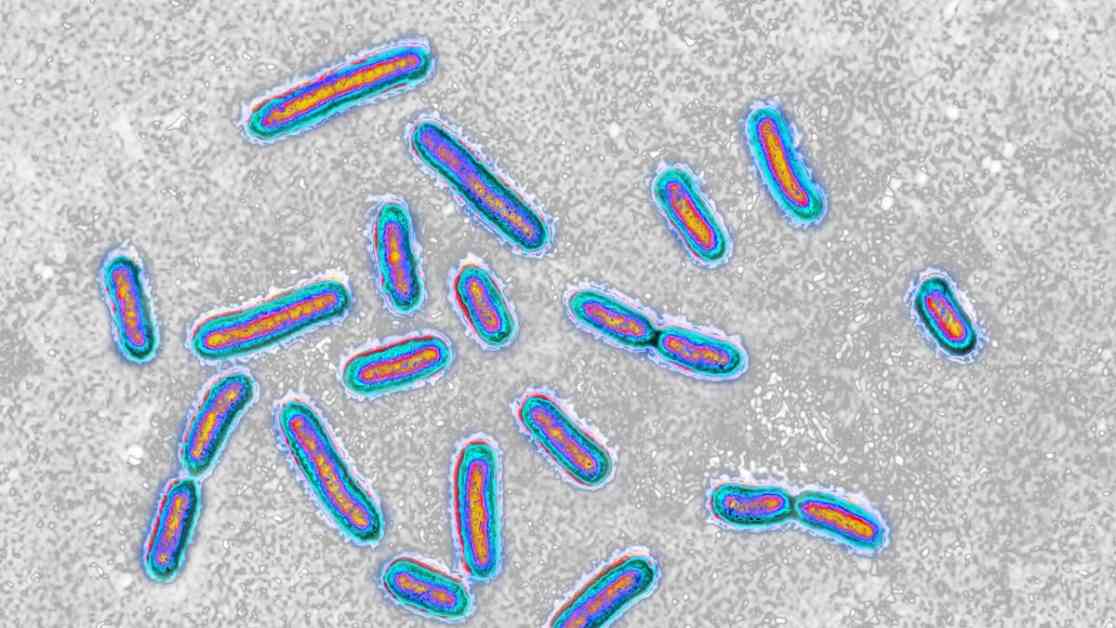A cool discovery was made recently about Pseudomonas aeruginosa, a pesky bacteria that loves causing trouble in hospitals. This bug, commonly found in healthcare settings, is known for causing infections that can be pretty nasty, like lung, urinary tract, and blood infections. But get this — scientists found out that this bacteria has a superpower: it can chow down on the plastic materials used in medical devices, making it even more of a pain for patients and healthcare workers.
The study, published in the journal Cell Reports on May 7th, revealed that a strain of Pseudomonas aeruginosa from a patient’s wound was able to break down biodegradable plastics used in things like stints, sutures, and implants. So, not only can this bug survive longer on surfaces, but it can also hang out in patients for extended periods, thanks to its plastic-eating abilities. Ronan McCarthy, a professor at Brunel University of London and the lead author of the study, mentioned that this finding challenges how we think about pathogens in hospitals. It turns out that plastics could actually be a food source for these bacteria, allowing them to stick around and cause more trouble.
Pseudomonas aeruginosa has been evolving for the past 200 years to infect humans, especially those living in heavily populated areas with poor air quality. Over time, many strains of this bug have become resistant to various antibiotics, making them a common cause of hospital infections. In fact, this bacteria is linked to around 559,000 deaths each year globally, with most of these due to antimicrobial resistance. The ability of P. aeruginosa to thrive in hospital environments has puzzled scientists for a while, but this new discovery sheds some light on how it manages to stick around.
By analyzing a swab from a patient’s wound, researchers discovered that Pseudomonas aeruginosa produces an enzyme called Pap1, which can break down a common medical plastic called polycaprolactone (PCL). This enzyme allows the bacteria to feed on the carbon released from the plastic, helping it survive and even form protective biofilms that shield it from antibiotics. The team also found similar plastic-eating enzymes in other bacteria, suggesting that this might be a widespread phenomenon in healthcare settings. As a result, the researchers are calling for more studies on these enzymes and a reevaluation of the plastics used in medical devices to ensure patient safety.
So, next time you’re in a hospital, remember that those plastic tubes and devices might be more than meets the eye. Who knew that bacteria could be so resourceful, right? It’s a strange world out there, and we’re just scratching the surface of what these tiny organisms are capable of. But hey, at least we’re making progress in understanding them, even if it means facing some uncomfortable truths along the way.










